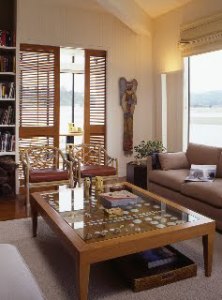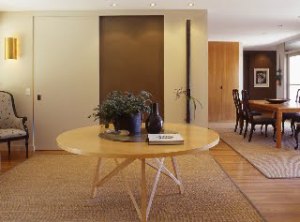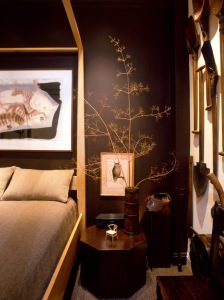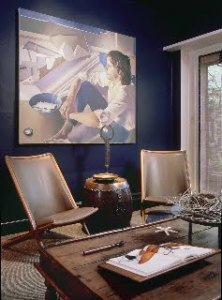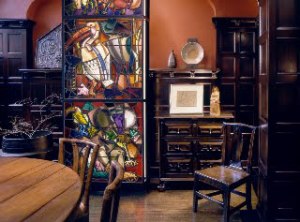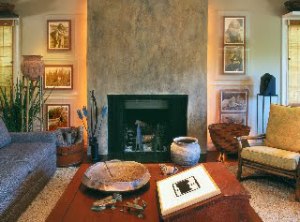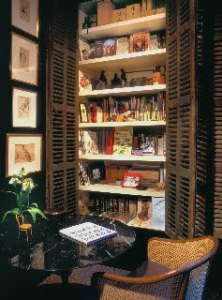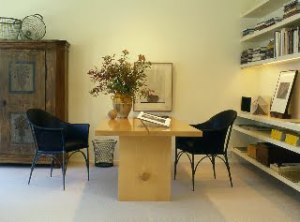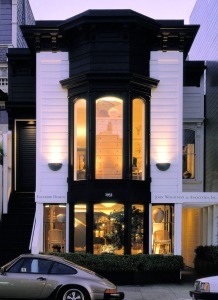My friend and frequent collaborator David Wakely told me that after 45 years, interior designer John Wheatman has retired and closed his shop at 1933 Union Street. I first saw his shop when I was a young teenager exploring Union Street with my family in the early 70s. I think of that era as Union Street’s greatest moment, when there were exquisite antique stores, street cafes, and a brand new bistro named Perry’s. For the next forty plus years, you could depend on a decent hamburger at Perry’s and beautiful design at John Wheatman’s.
I moved to San Francisco in 1977 and began working in a restaurant on Union Street. I would often arrive early so I could go down the street and walk through the shop and marvel at the placement, selection, and of course, prices. Back then, a thin little man with a thin little bow tie watched over the store and always treated me respectfully, as if I could afford to purchase the finely tailored furniture. Eventually, the store expanded across the garden courtyard and upstairs. Each turn, niche, and room combination was worth studying. Nothing was placed carelessly or with haste. A three-dimensional haiku. Sometimes on Saturday morning, you could spy him moving furniture around before the shop opened.
Wheatman was an old-time decorator who sold at retail and drew customers in with the shop. It is hard to imagine him without the storefront to explain his ideas, to share the evidence of his thinking. I think of his store, along with the national chain Design/Research, as my education in design. Wheatman loved neutrals, Asian antiques, modern art, all before combining them became fashionable. He could add a new piece to his repertoire or even paint a room red, but restraint was Wheatman’s comfort zone. People brought a room to life. He was crafting a perfect background – sometimes for three generations of the same family. Although he was a man of rarefied tastes (even his samples were hauled around in an old oversized Hermes bag), he understood that many people could not afford bespoke interiors and reached out by teaching interior design at UC Extension. He didn’t need the money – he wanted to share beauty with more people. One of his classes was called “Decorating on a Limited Budget.” And he meant it.
He felt that design was possible within almost any means. To further extend his experiences beyond his clientele, he began collaborating with David Wakely and his wife Sharon Smith on a book that would capture his thinking. They brought me in at the earliest stages to see if I could help with the text. I treasure those days interviewing John in his office and listening to his funny stories. Family and job pulled me away from the project, and writer Barbara Stevenson took over and worked with John beautifully. The first book, Meditations on Design: Reinventing Your Home with Style and Simplicity, was published in 2000. John had a lot more to share, and the same team created another book, entitled A Good House Is Never Done, in 2002. I went to the launch party for the second book, and in a few seconds John drew a sketch on the title page while he talked with various guests. It looks a great deal like my living room today. He was a great inspiration and teacher.
The other day I was having lunch with David and Sharon, and it turned out John and another friend were at the next table. I had not seen him in many years, but he was as courtly as ever. We both finished at the same time. John stood, still taller than any of us, in a beautifully tailored suit. Using his long slender fingers, he picked up my modest cotton jacket and held it for me to put on. In that moment, while design was his passion, it was the people he touched that really mattered.
